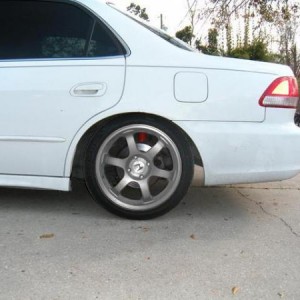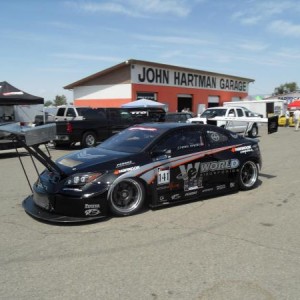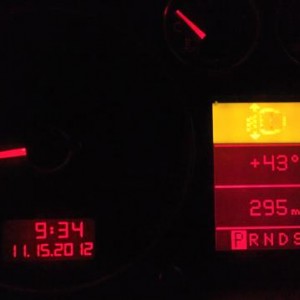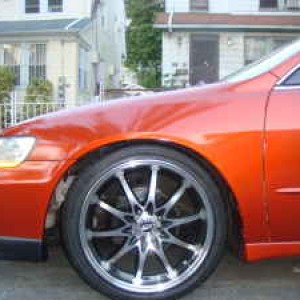AFAccord
Well-Known Member
atarikid07 said:So, you said an engine like the F23 or the J30(?) produces power up until like 4k rpm, right? So how did earlier, non-Vtec engines keep producing power in the upper rpm bands? I think you said it was something to do with the way the crankshafts were designed. What made them so special?
You're trying too hard... The lobes on the cam(s) of Non-VTEC engines are much more aggressive than our primary and secondary lobes. On average, they're probably as aggressive as our VTEC lobe, with some a little more mild, and some more aggressive depending on the motor.
For an engine like a DOHC B-series or H-series with VTEC, their primary lobes are usually slightly milder than our VTEC lobe, but their VTEC lobe is much more aggressive than ours.
To put words into a more visual form, I'll give a comparative example. (This is only a rough illustration) I'll refer to primary and secondary lobes as "Low Cam" and VTEC lobes as "High Cam" as it’s referred to in tuning.
Here you can see the general relationship between the F23's low cam, and high cam (VTEC). The low cam doesn't make power above 4000rpm, therefore the ECU engages VTEC under the slightest load, and no later than 3800rpm. Exactly how Xluben's videos showed.

Here is the general relationship between low cam and high cam on an H23 VTEC. You can see that the low cam makes power beyond where the F23's low cam power band ends because it is more aggressive (more lift and duration). The low cam is more aggressive than our low cam, but not as much as our high cam (VTEC). However, the high cam on the H23 is much more aggressive, and meant to make lots of power all the way up to 8krpm.

While I've got MS Paint open, I might as well show WHY it's unwise for us to set VTEC engagement higher than stock like so many do. Many people set their VTEC engagement to a static point between 4000 and 4,500rpm. They claim that doing this gave them huge gains, and their car "feels like an H22 VTEC!!11". If you look at the chart below, you can see how setting the engagement point that high does in fact make a huge difference in power between the two cam profiles, but this is only because they're robbing themselves of the midrange power they SHOULD have had all along.









